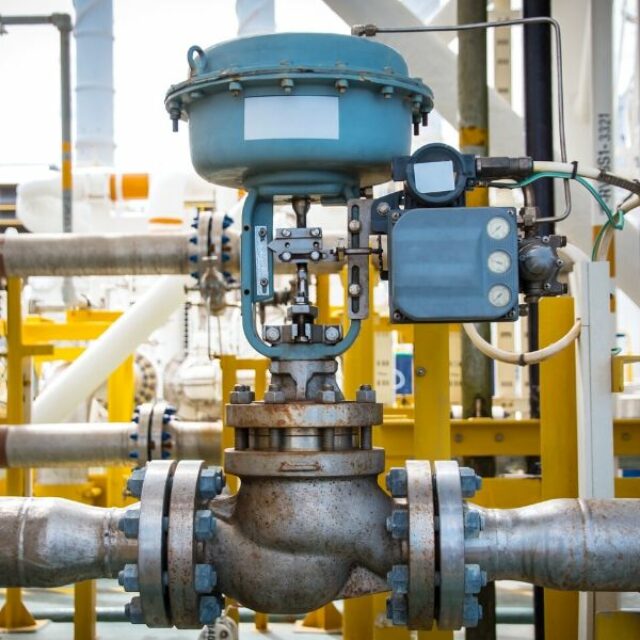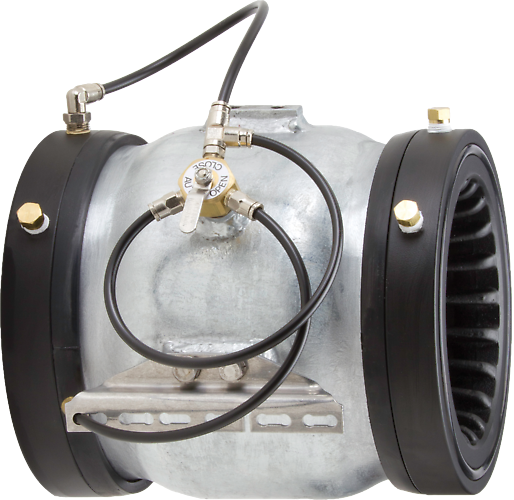Picking the Right Control Valves: A Guide to Optimal System Performance
Picking the Right Control Valves: A Guide to Optimal System Performance
Blog Article

Maximize Energy Cost Savings and Comfort With Advanced Building Automation Controls
In the realm of modern-day style and center administration, the combination of sophisticated structure automation manages stands as a crucial advancement. The convergence of technology and sustainability has birthed a new era where power performance, comfort optimization, and functional streamlining are no much longer attainable realities yet distant aspirations. By harnessing the power of automation, structures can adapt, react, and progress in manner ins which were when unthinkable. The capacity for significant power cost savings and enhanced comfort is not just an opportunity however a promise waiting to be fulfilled. This standard shift in structure administration holds the key to opening a globe where ecological conscientiousness and owner health harmoniously coexist within the walls of our frameworks.
Power Efficiency Benefits
Energy performance advantages can dramatically reduce energy usage and functional costs in structures. Energy-efficient systems, such as innovative structure automation controls, can optimize the usage of sources like heating, lights, and air conditioning, leading to reduced power expenditures over time.
Furthermore, improved energy effectiveness can extend the life expectancy of structure equipment and systems. By operating more effectively, cooling and heating systems, lighting fixtures, and various other structure components experience less damage, leading to decreased upkeep and replacement expenses. Additionally, energy-efficient structures commonly command greater property worths and rental prices, supplying long-term financial advantages to owners.
Additionally, power effectiveness can improve owner convenience and performance. Properly regulated indoor environments with optimal illumination and thermal problems create an even more pleasant and favorable work space, leading to enhanced staff member complete satisfaction and efficiency. Overall, the energy efficiency benefits related to innovative structure automation controls are multifaceted, including price financial savings, ecological stewardship, and occupant well-being.
Enhanced Comfort Control
Enhancing comfort control in structure atmospheres needs an advanced integration of innovative automation systems for optimal occupant well-being. By making use of advanced building automation controls, centers can customize the interior environment to satisfy the certain requirements and preferences of passengers. control valves.
Boosted convenience control goes beyond fundamental temperature adjustments. It consists of attributes such as individualized settings, occupancy sensors, and natural light utilization to create a vibrant and responsive atmosphere. By including these sophisticated controls, buildings can not only boost comfort yet likewise boost energy efficiency by maximizing system operations based upon actual tenancy and usage patterns. Eventually, prioritizing occupant convenience with sophisticated automation systems brings about an extra pleasurable and healthier indoor atmosphere.
Operational Performance Improvements

In addition, the application of real-time surveillance and analytics devices allows building drivers to recognize power inadequacies and functional abnormalities without delay. By constantly checking power usage patterns and system performance metrics, modifications can be made in real-time to enhance power intake and make certain peak operational performance. control valves. In addition, including demand action methods into building automation controls can further improve operational effectiveness by dynamically adjusting energy use based upon grid conditions and prices signals
Indoor Environment Optimization
Efficient interior environment optimization is an essential facet of building automation controls, making certain residents' convenience and well-being while maximizing power savings. By using advanced sensing units and controls, developing automation systems can continually check and readjust temperature level, moisture levels, air top quality, and ventilation to create an optimum interior setting. Maintaining regular and comfy conditions not only enhances passenger satisfaction but also increases efficiency and total well-being.
Indoor climate optimization likewise plays a crucial role in power performance. By fine-tuning cooling, air flow, and heating systems based on real-time information and tenancy patterns, building automation controls can considerably decrease power intake - control valves. For example, applying approaches such as demand-controlled air flow and thermal zoning can assist minimize power waste while making certain that each location published here of the building obtains the essential conditioning.

Sustainable Environment Production
Building automation controls not just enhance indoor environment problems for power performance and resident comfort however also lay the structure for creating a lasting environment via calculated monitoring of systems and resources. By integrating advanced structure automation innovations, such as sensing units, actuators, and intelligent software program, facilities can monitor and change power usage in real-time to decrease waste and decrease their carbon impact. These systems enable anticipating upkeep, determining possible issues prior to they escalate and maximizing tools performance to enhance longevity and effectiveness.
Moreover, lasting atmosphere creation expands beyond power administration to encompass water preservation, waste reduction, and indoor air top quality renovation. Structure automation controls can control water usage, spot leaks, and ensure appropriate waste disposal methods, adding to overall sustainability initiatives. In addition, by monitoring and controlling ventilation and purification systems, these modern technologies boost occupant wellness and performance while lowering power usage related to HVAC operations.
Conclusion
To conclude, progressed structure automation regulates offer significant benefits in regards to power cost savings, comfort control, operational effectiveness, indoor climate optimization, and producing a sustainable environment. By executing these controls, buildings can accomplish optimal performance while reducing energy usage and enhancing resident convenience. It appears that using advanced automation technology is essential in enhancing structure performance and creating an why not try these out extra lasting future.
Energy efficiency advantages can considerably decrease energy consumption and functional prices in buildings. In general, the energy efficiency advantages linked with innovative building automation controls are multifaceted, encompassing cost savings, environmental stewardship, and passenger health.
Furthermore, incorporating need feedback techniques right into you could try this out building automation controls can better improve operational effectiveness by dynamically changing power usage based on grid problems and pricing signals.
Building automation regulates not just maximize indoor environment conditions for power effectiveness and occupant comfort yet also lay the structure for producing a lasting environment through strategic monitoring of resources and systems.In verdict, progressed building automation manages offer considerable advantages in terms of energy savings, convenience control, functional efficiency, interior climate optimization, and producing a lasting atmosphere.
Report this page